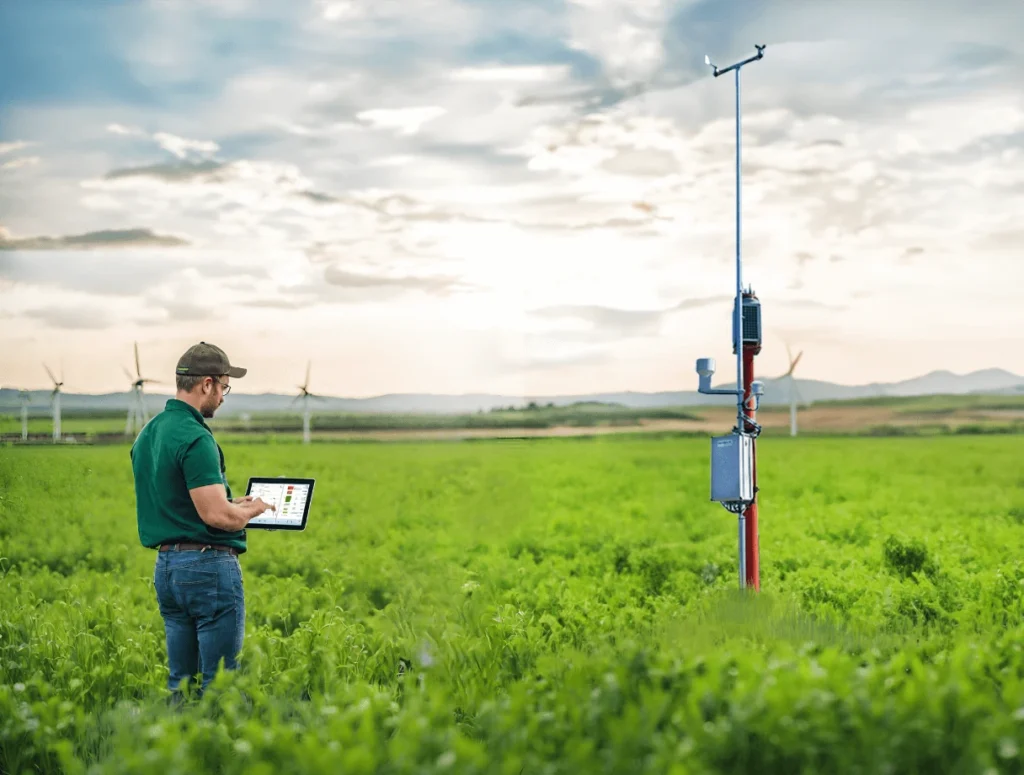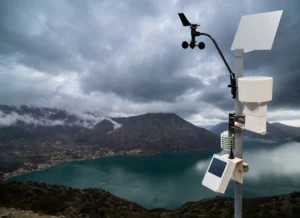Automatic Weather Stations Changing Rice Farming
Rice ranks among the world’s most crucial food crops globally. It is mainly grown and eaten in Asia. Many countries play a key role in rice production, as shown below:
1. **China**: China is the largest rice producer in the world. Rice is mostly grown in the southeastern coastal areas, the middle and lower Yangtze River plains, and some parts of the northeast.
2.**India**: India ranks second in the world for rice cultivation. It grows rice in many places, such as the Ganges-Bengal basin, Karnataka, and Andhra Pradesh.
3. **Indonesia**: Indonesia is the third-largest rice producer. It mainly grows rice in Java, Bali, and Sumatra.
4. **Bangladesh**: The fourth-largest producer mainly grows in the Ganges-Bangladesh and Chittagong regions.
5. **Vietnam**: As the fifth-largest rice producer globally, Vietnam’s main farming areas are the Red River Delta, the Mekong Delta, and the southern plains.
Automatic Weather Stations: Empowering Sustainable Rice Production Amidst Climate Challenges
Other key producers, such as Thailand, Japan, the Philippines, and Pakistan, help meet the world’s food needs. Rice farming is very important. It helps make sure people have enough food around the world.
Rice is important for diets around the world. However, growing rice needs certain weather conditions. These include high temperatures, high humidity, shorter sunshine, and low soil needs. These factors make it very sensitive to changes in the weather.
To address these challenges, modern agricultural practices integrate automatic weather stations to provide vital meteorological insights. These advanced tools track key factors such as air temperature, humidity, rainfall, wind patterns, light, and air pressure. Weather stations share real-time data online. This helps us see and study climate changes that impact rice production.
With this new technology, farmers can see weather problems before they happen. The data we collect helps us make scientific decisions. This makes crops stronger and improves how we farm.
Farmers can change their irrigation and fertilization plans based on weather station data. This helps ensure rice plants get enough water and nutrients at each growth stage. Quick access to weather information helps manage pests and diseases. This protects crop quality and increases yield.
This helps them work better and support sustainability in the industry.Automatic weather stations help scientists improve rice farming. They help us understand climate risks better. Farmers can use both predictive tools and their traditional farming knowledge. This helps them improve their work and support sustainability in the industry.
Conclusion
Automatic weather stations are important for rice farming today. Farmers can easily track weather changes. This helps them respond quickly to climate issues and grow better crops.
These new ideas make farming more efficient. They also help sustainable development and global food security. They offer good rice for people all over the world.














